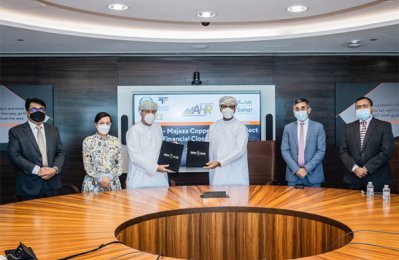Women make up 22pc of the workforce in the oil and gas industry
Women make up 22% of the workforce in the oil and gas industry, unchanged since 2017, despite strong evidence that more diverse and inclusive workforces drive profit and innovation in the sector.
More Stories
Women make up 22% of the workforce in the oil and gas industry, unchanged since 2017, despite strong evidence that more diverse and inclusive workforces drive profit and innovation in the sector.
However, the number of Diversity and Inclusion policies and initiatives adopted by companies in the sector increased by around 50% over the same period, confirming that the industry remains committed to achieving gender parity and improving diversity.
These were the findings of the joint research conducted by the World Petroleum Council and Boston Consulting Group (BCG). It is the second report of a series tracking diversity and inclusion in the oil and gas sector. The study, titled “Untapped Reserves 2.0: Driving Gender Balance in Oil and Gas”, is being released at the 23rd World Petroleum Congress taking place in Houston.
The report found that female representation is lowest in oilfield services with only 4% women, and 15% women in upstream exploration. Corporate functions are closest to reaching parity, with 43% female representation.
Most women are to be found in business and administrative roles. However, while there are 39% at entry level it dramatically drops to only 13% for senior level positions.
On the bright side the survey found that there is increasing agreement between female and male professionals that gender diversity is a challenge for the industry.
“Too many companies are still failing to turn their diversity commitments into action. The accelerating energy transition will require oil and gas companies to innovate at an unprecedented pace and that will require diversity and talent,” said Ulrike von Lonski, WPC Chief Operating Officer, and co-author of the study.
“As the war for talent and drive for diversity is getting hotter oil and gas companies need to act now or risk being left behind. The business case is clear: diversity drives better business results through increased innovation and better profits,” added Andrea Ostby, a BCG managing director & partner, and co-author of the study.
Oil and gas companies’ diversity and inclusion initiatives have improved significantly over the period. All the companies included in the study offer maternity leave, compared to 90% in 2017, and more than 95% support equal pay and offer paternity leave, up from 67% and 56%, respectively, in 2017. Over 95% of companies now also have sexual harassment policies in place. This change has not gone unnoticed by employees, 70% of whom believe that the industry has improved its approach to diversity and inclusion since 2017.
However, women and men in the industry continue to have different perceptions of the main female career challenges. 63% of women and 41% of men feel that women are overlooked in the industry, compared to 56% and 23% respectively in 2017. 43% of men and 47% of women feel that women are not flexible enough, a significantly narrower gap compared to 34% and 13% in 2017.
Active, visible, and relentless senior leadership, especially but not limited to the CEO, is the critical unlock needed to make the lasting change our industry needs, including more progressive and more urgent action combined with accountability and transparency,” explained Ostby.
“We have seen a lot more attention and priority given to the topic of diversity in the last three years (since Untapped Reserves 1.0) so it is about leaning forward even more strongly, and learning from others and other sectors, to make a step change now vs. relying on incremental improvement,” concluded von Lonski.-- TradeArabia News Service
Projects
















